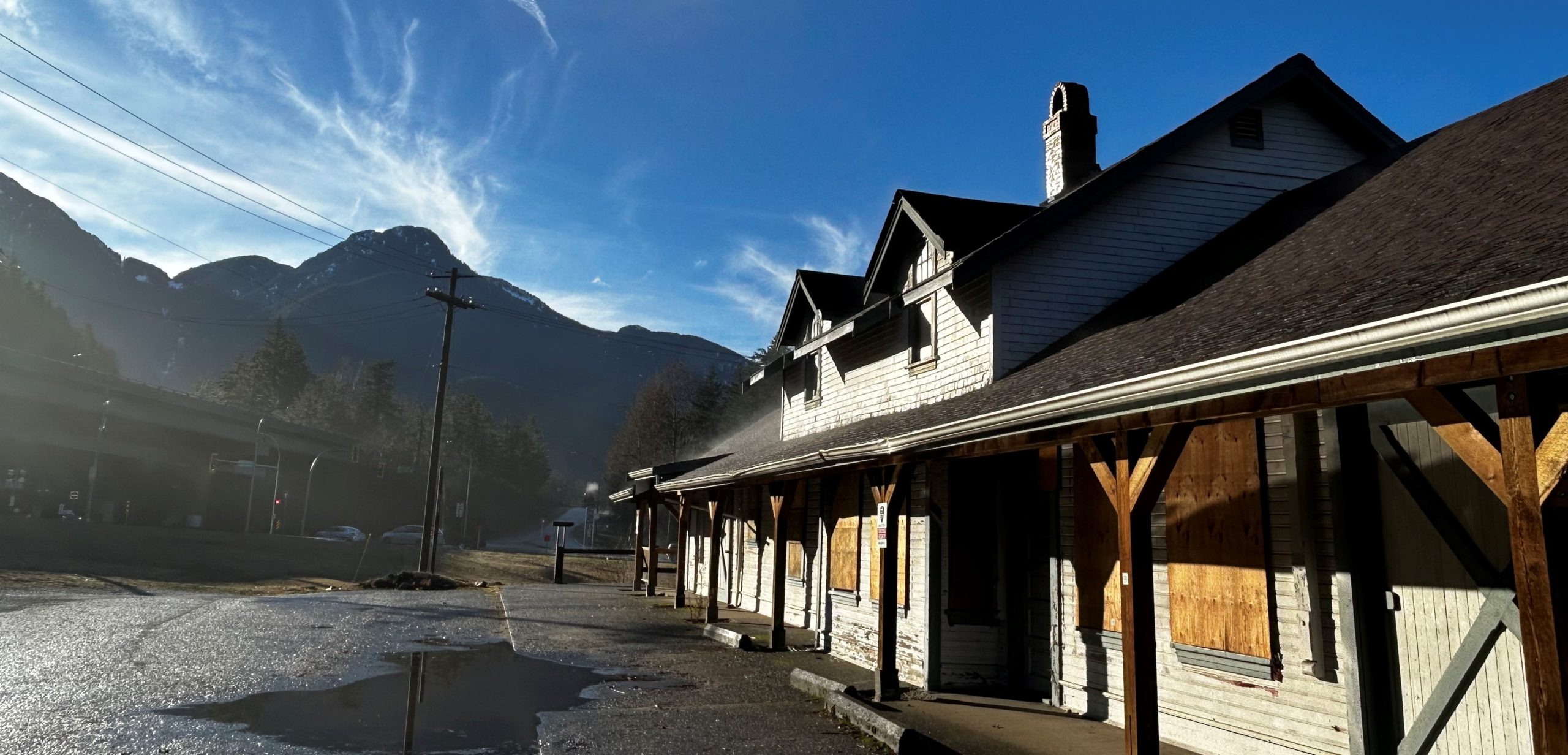Historic 1916 CNR Hope Station
Hope, BC
Follow us:
22385 VOTES
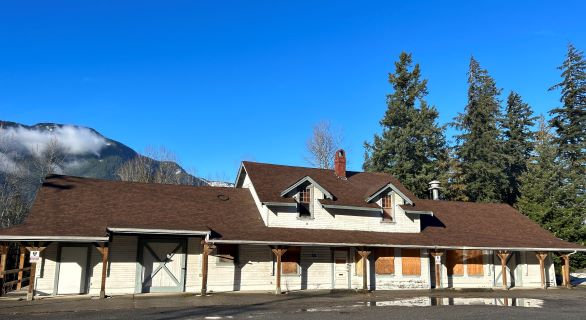
Share this page
Historic Hope Station Rehabilition Project: ‘Gateway to our stories, Gateway to Hope’
Why vote for us?
The 1916 CNR Hope Station has been much loved but was facing demolition. It needed a new location, a new purpose, and a facelift. In 2020, a grassroots community campaign rose up to save it. Then it was discovered that in 1942, over 8000 Japanese Canadians crossed the train platform on their way to internment camps, including 2644 men, women, and children who were forcibly sent to the Tashme Internment Camp, 19 km east of Hope. Inspired, the Tashme Historical Society in partnership with the District of Hope, developed a plan to rehabilitate the station into a vibrant storytelling hub with a museum & visitor centre, restaurant, and co-work office space: a “Gateway to our stories, a Gateway to hope”. のぞみ駅 (nozomi-eki) – ‘a station of hope’ in Japanese will gift the feeling of belonging in space for stories untold.
If the Hope Station is awarded the grand prize, the funds would be used towards hiring heritage architects/ consultants so the work can begin!
Community impact
In partnership with the District of Hope, the Hope Station will be relocated to municipal lot 919 Water Ave in downtown Hope. The rehabilitation will transform the station into a heritage tourism and education hub, with a restaurant, museum, visitor centre, and co-work office space with interpretive storytelling. As a “Gateway to our stories, gateway to hope”, it will be the storybook and storyteller of stories untold: stories of Japanese Canadians, Chinese Canadians, First Nations, and supply chain histories. A replica of the train platform will pay homage to the Japanese Canadian Internment history. In this way, it will also become a field trip destination for social studies students across BC.
As a heritage tourist centre, it will become an informational hub that brings artists, businesses, and tourists together to events such as pop-up markets, festivals, education & cultural programs. Lastly, the station will value and share the untold stories of BC’s shared history, it will teach the lessons of racism, resilience and reconciliation where history happened.
About this place
Built in 1916, Hope Station is the last surviving example in Canada of a Class 2 station designed by architect John Schofield. As a ‘special’ variation of a Class 2 station, it had ticket and telegraph offices, waiting and baggage rooms, and living quarters for the Station Agent. It is an emblem of the central role the railways played in the development of the Fraser Valley of British Columbia. The Station is valuable for its links to Indigenous peoples whose homes and land were displaced by the railways. Chinese, Mexican, African Canadian, and Indigenous peoples helped to build the railways.
Over time, it has seen several lives and has been a place of memory. At the outbreak of war in 1942, over 8000 Japanese Canadians crossed the train platform on their way to Internment camps in the interior. Following the war, as rail traffic declined and road traffic grew, it was the last rail station in Hope when CN closed it in 1984. Hope community then bought and relocated it, using it as an arts and culture centre and later, a local hub for musicians. Now with reinvention, it will become a vibrant storytelling community hub and heritage tourist site.
-
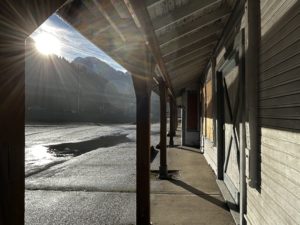
-
Hope Station front wall – looking west.
-

-
Ryan Ellan at a walk-a-thon in 2020
-
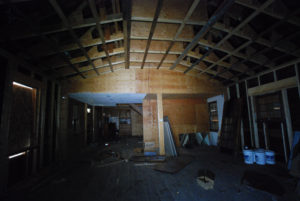
-
Interior of Hope Station – 2020
-
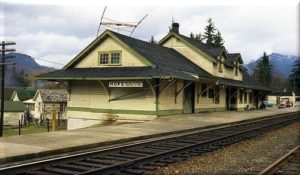
-
Hope Station in 1965
-
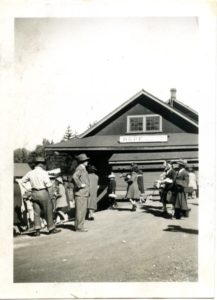
-
Japanese Canadians at the Hope Station in 1942
-
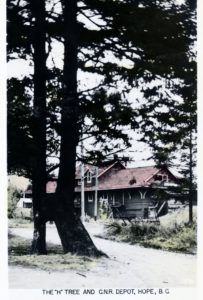
-
Hope Station and the famous “H” tree in Hope, BC
-
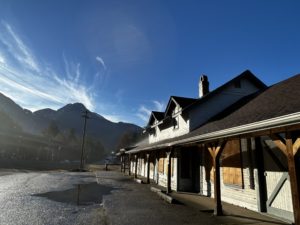

Ecclesiastical Insurance is deeply committed to protecting the needs of organizations that enrich the lives of others; to preserving Canada’s distinct communities, cultures and history; and to supporting initiatives that help improve the lives of people in need. The National Trust for Canada has a long-standing relationship with Ecclesiastical Insurance – our most faithful sponsor – and we are excited to work with them to help fund the Next Great Save!
Stay in touch. Get our newsletter.

